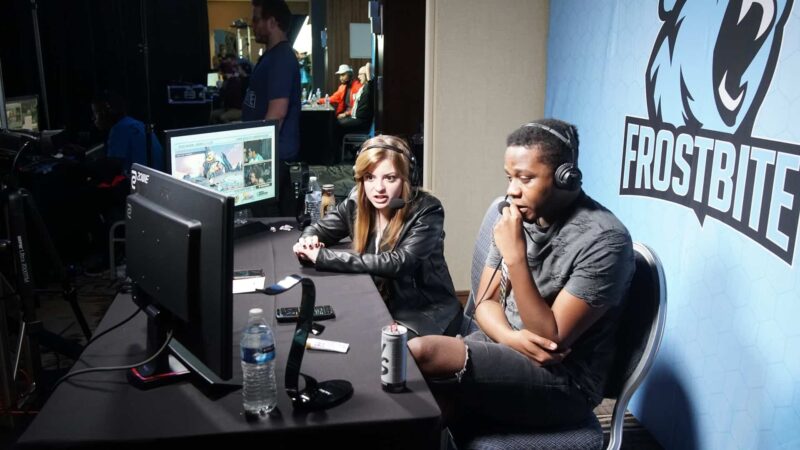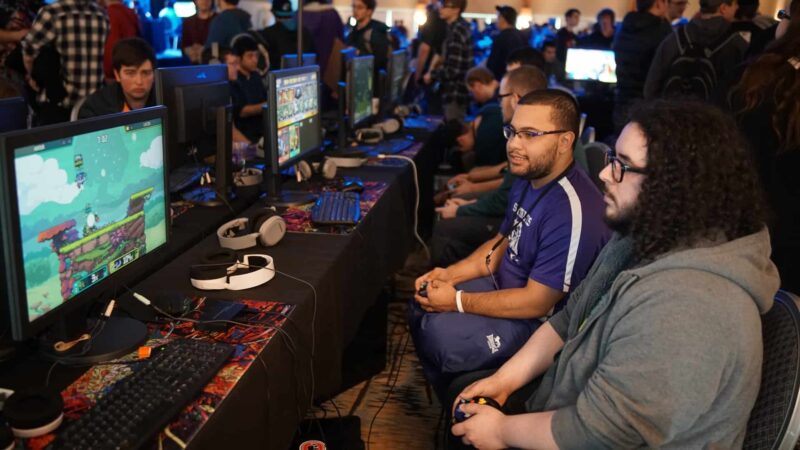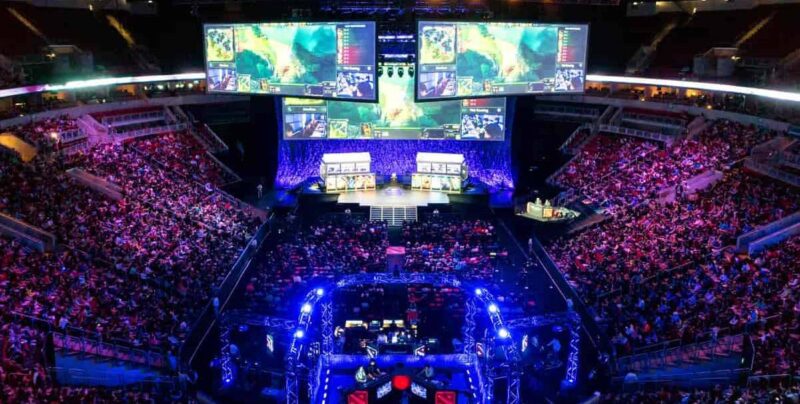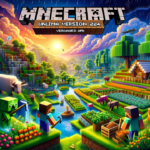Once upon a time, playing video games was a bit of a niche hobby. A few of the kids on the block might have had an NES, and any kind of competition was strictly reserved for playing with strangers at the arcade. One of the biggest surprises I’ve experienced recently was when I took a closer look at the world of video game tournaments.
Gaming tournaments are competitive events in which players compete in a specific game. They range from local tournaments that are much like what used to be hosted in arcades to major eSports events that you can watch live on television.
Gaming tournaments are a huge industry today, with prizes totaling millions of dollars and celebrity players earning huge endorsement contracts. If you have any interest in the world of gaming, it’s always a good idea to learn a little bit more about where these tournaments got their start and how they are changing the landscape of video games and sports today.
A History of Game Tournaments

In truth, gaming tournaments have probably been around as long as video games. From the moment there were more than two players, local enthusiasts have been putting together brackets to figure out exactly which players can take the crown.
The earliest tournaments are lost to obscurity, but we can make the assumption that these small, local contests were largely conducted both in head-to-head play in the case of games like PONG and decided by high score in games like Defender or Donkey Kong.
We do, however, know an awful lot about the very first truly organized gaming tournament. It was held at Stanford University in 1972, and it involved players who were competing to get a high score in the game Space War. Eight years later, in 1980, the real boom in-game tournaments took place, with over ten thousand players competing to gain a high score in Space Invaders for a cash prize.
Tournaments would continue throughout the 1980s in arcades and dorm rooms, with the next major jump forward taking place in the 1990s. The wider adoption of consumer internet connections led to new tournaments, with one of the first real ‘esport’ competitions taking place in 1997. The first professional gaming league, CPL, would be formed shortly after and become the first organization to offer major prizes to its competitors.
The next twenty-five years in gaming would largely see a refinement in the world of gaming tournaments. A number of international tournaments have launched, for example, and a huge tournament culture has sprung up in East Asia.
At the same time, more leagues have formed around specific games, with professional circuits now taking the place of amateur tournaments to determine both which games are currently the most popular and which players are truly the best in the world.
Types of Gaming Tournaments

In the realm of eSports, various games have made their mark, one of which is a popular mobile game that we’ve extensively reviewed, providing insights into its gameplay, strategies, and overall experience.
There are a few different types of gaming tournaments today. The rules tend to vary significantly across the board, but most of these tournaments do share quite a bit of DNA with the very first gaming tournaments. For the most part, though, each type of tournament is meant to attract a different type of crowd and to provide a different sort of experience for both players and fans.
By far, the most common gaming tournaments are local amateur tournaments. These exhibitions are generally centered around a single game and tend to be hosted either by local fan clubs or by university gaming clubs. Most amateur tournaments are open to the public and are generally played for minimal stakes. A tournament may last one day or an entire weekend, but the tournament itself will almost always be a one-off affair. There are no rankings determined here, but winners will usually receive some kind of prize for winning the tournament.
More organized are amateur gaming leagues. These leagues aren’t quite the same as the e-sports federations, but they have many of the same trappings. What tends to be important is that these amateur leagues don’t have any kind of major corporate or developer support – in fact, they may run in spite of the game’s developer wanting little to do with the competitive scene.
With that said, participants in these leagues tend to have their stats tracked, and those who finish well in the bigger tournaments tend to pull down significant prizes and may use these leagues as a stepping stone to the professional leagues.
Next are the professional tournaments. Players will often have to qualify in smaller local or regional tournaments to get to these, but they are huge affairs that tend to bring in a significant amount of attention.
While similar to the eSports leagues, the difference here is that these tournaments are the apex of a season rather than necessarily being part of a larger process. Professionals who play in these tournaments regularly can make a living if they find themselves in the top tiers of competition on a regular basis.
The final tournaments fall under the banner of eSports. These are professional sports leagues that play games on a regular basis and track stats across the season. While there are a number of different games that are played across various leagues, most of them have corporate support from the creators of the games and are used as a way of advertising the games themselves.
League play usually leads toward landing a spot in the final tournament of the season, which is run in a way similar to any other professional tournament.
The Rise of eSports

One of the biggest changes in the world of gaming tournaments has been the rise of eSports. eSports (electronic sports) have taken the concept of the gaming tournament and expanded them into something much like the world of professional sports. Some leagues feature individual players who compete for the highest scores and the most wins, while others feature teams who work together to make their way through a tournament bracket.
While groups like the CPL and the Professional Gamers League have been promoting professional gaming since the early 1990s, the growth of eSports can probably be connected to the rise in popularity of competitive real-time strategy games in Korea in the late 1990s. Games like StarCraft became a national obsession, with television coverage making superstars of top-tier players and turning many well-known businesses into eSports sponsors.
The modern world of eSports has largely supplanted tournament play as the goal for those who want to make a living playing video games. There are professional leagues for games like League of Legends, StarCraft, and Overwatch, with new leagues starting regularly and more games trying to get into the same space.
PENTAKILL for PEYZ!
Check out the latest episode of Plays of the Week! pic.twitter.com/WeUP6Q5vfm
— LoL Esports (@lolesports) June 13, 2023
eSports games take the competitive aspects of traditional gaming tournaments and add in some of the same trappings of organized sports in order to make an experience that’s more friendly for casual viewers.
Though these leagues have not entirely displaced traditional tournaments, they have created an entirely new set of expectations for how tournaments should be organized and what players should expect from tournament play.
Frequently Asked Questions
1. What do people play in video game tournaments?
There are dozens, if not hundreds, of different games played in tournaments. Some of the most popular games include League of Legends, DOTA 2, StarCraft, and various entries from the Street Fighter series.
2. What is the most popular gaming tournament?
Judging by the number of viewers, the League of Legends World Championship is probably the most popular gaming tournament. It managed to get over 43 million unique viewers during the course of the tournament. Other major tournaments that tend to have a huge draw are DOTA 2’s International and the Battle.net World Championship Series.
3. What is the record for the most money won in a video game tournament?
The current record for the biggest prize pool in eSports was set by DOTA 2’s International 9. That tournament, held in 2019, had a prize pool of over 34 million dollars. Perhaps unsurprisingly, this total is probably going to be surpassed by the prize pool of International 10, though the tournament is currently still listed as indefinitely postponed.
Another tournament that made the rounds for its especially large prize pool was the Fortnite World Cup, with a prize pool of thirty million dollars and a single winner who took home three million dollars.
Before we come to an end, take a look at the video that lists the top 10 biggest eSports Tournaments:
Conclusion
As we navigate the final stages of our journey through the world of gaming tournaments and eSports, it’s clear that this industry has evolved from a humble beginning in local arcades to a global phenomenon. The transformation of gaming tournaments into a lucrative, awe-inspiring spectacle is a testament to the passion and dedication of gamers worldwide.
The rise of eSports has been nothing short of legendary. From the early days of head-to-head PONG matches to the massive, world-class tournaments of today, the landscape of competitive gaming has been forever changed. The introduction of eSports leagues has brought a new level of prestige to the gaming community, offering players the chance to compete on a global stage, earn substantial cash prizes, and even achieve celebrity status.
Looking ahead, the future of gaming tournaments and eSports is bright. With advancements in technology and increasing global interest, the potential for growth is immense. As we’ve seen, the world of gaming is not just about entertainment—it’s about community, competition, and pushing the boundaries of what is possible.
In conclusion, the evolution of gaming tournaments and eSports is a fascinating journey. From its roots in local arcades to the dazzling lights of global eSports arenas, competitive gaming has carved out a unique and exciting space in the world of sports and entertainment. As we continue to witness the growth and evolution of this industry, one thing is certain: the world of gaming tournaments and eSports is here to stay.







